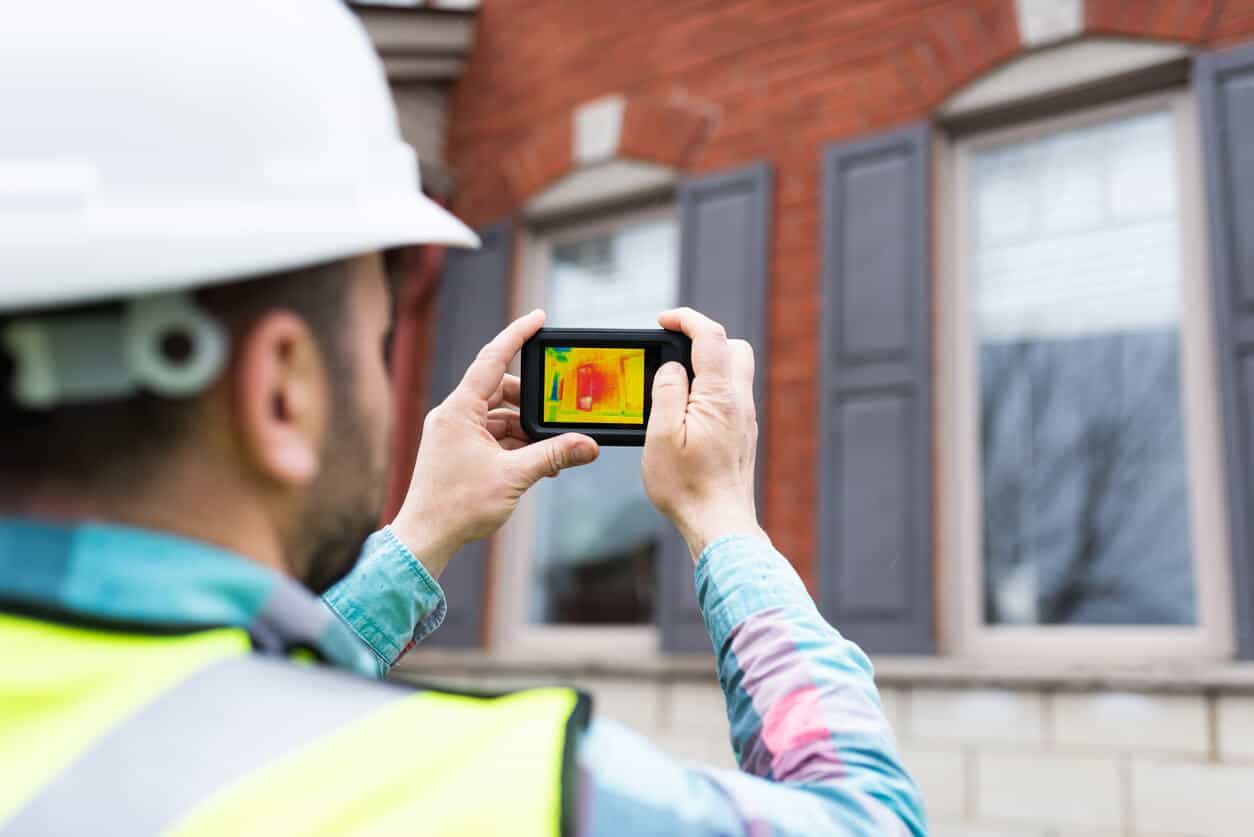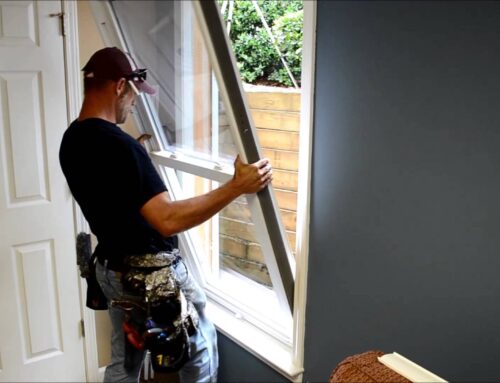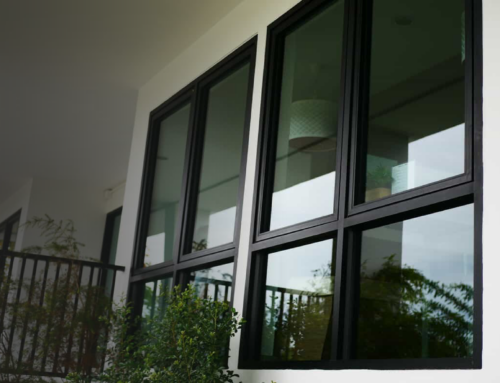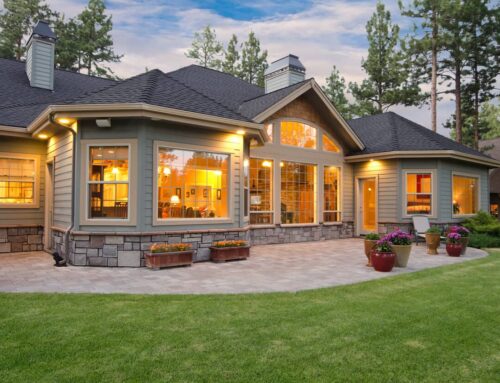
You know already that there’s a lot of science behind window design, which may intimidate you as you shop for new windows. So here’s what you need to know about low-emissivity windows (or low-E windows). The information you learn in this article will allow you to compare apples to apples when searching for the best energy-efficient windows on the market.
Contents
Contents
Low Emissivity Windows: What Does That Mean?
Low-E stands for “low emissivity,” with emissivity meaning “a material’s effectiveness in emitting energy as thermal radiation.”
While we are sure the previous paragraph does little to help you understand why low e glass is vital in the production of energy-efficient windows, this might help: low-E windows have a coating on them that allows natural light to enter your home while deflecting the sun’s UV rays back into the environment.
But this is where it gets interesting – low emissivity glass can keep your home warm in the winter and cool during the summer.
How Does Low-E Glass Work?
Low-E coatings are thinner than a human hair. However, this thin coating is powerful enough to be “selectively reflective.”
Sunlight arrives in wavelengths, including infrared, visible, and ultraviolet. A low-emissivity coating allows short waves (visible light) to come through the window – as if it goes through regular glass. However, the radiated infrared light energy (heat) is denied entry and reflected from the glass. This is beneficial during the summer in hot climates – as you don’t want the hot summer sun to heat your home.
But during the winter in cold climates, the infrared light radiation energy (heat) hits the interior of the insulated glass, and the heat goes back into the home. So, low-E coatings keep the temperature in your home consistent.
How is Low-E Glass Measured?
Not all low-E glass windows are the same. There are different types – hard coat and soft coat. Additionally, each type of low-E window glass offers different levels of energy efficiency. Here’s how the efficiency of low-E glass is measured:
- Solar Heat Gain Coefficient: This is the fraction of incident solar radiation admitted through the window.
- U-Value: This is the rating given to a window based on how much heat loss it allows. In warm climates such as Texas, windows should have a u-value rating greater than or equal to 0.40.
- Visible Light Transmittance: This measures how much visible light passes through the glass.
- Light to Solar Gain: The ratio shows the relationship between the window’s visible light transmittance and its Solar Gain Coefficient rating.
How Do I Select Energy Efficient Windows?
Please understand that low-E coatings are not the same as tinted windows. In fact, such coatings are not visible to the naked eye.
Even though it’s invisible, low-emissivity windows are an essential feature in energy-efficient window design. To learn more about low-E glass measurements and how to reduce energy costs, contact Woodbridge Home Solutions.
Woodbridge Home Solutions is your go-to source for learning how to improve your home’s energy efficiency. Our home energy experts will help you lower your heating and cooling costs by installing low-E glass windows, insulated vinyl siding, and efficient front and patio doors in Amarillo, Lubbock, and Dallas, TX. We also have offices throughout Kansas and Oklahoma ready to service your home’s exterior.
Contact Woodbridge Home Solutions today to get started.
Key Takeaways
- Low-E windows have a coating that allows natural light to enter your home while reflecting the sun’s UV rays back into the environment.
- Low-E windows also help keep your home warm during the winter.
- There are different types of low-E window coatings.
- The efficiency of low-E glass is measured in the following ways: solar heat gain coefficient, u-value, visible light transmittance, and light-to-solar gain.







